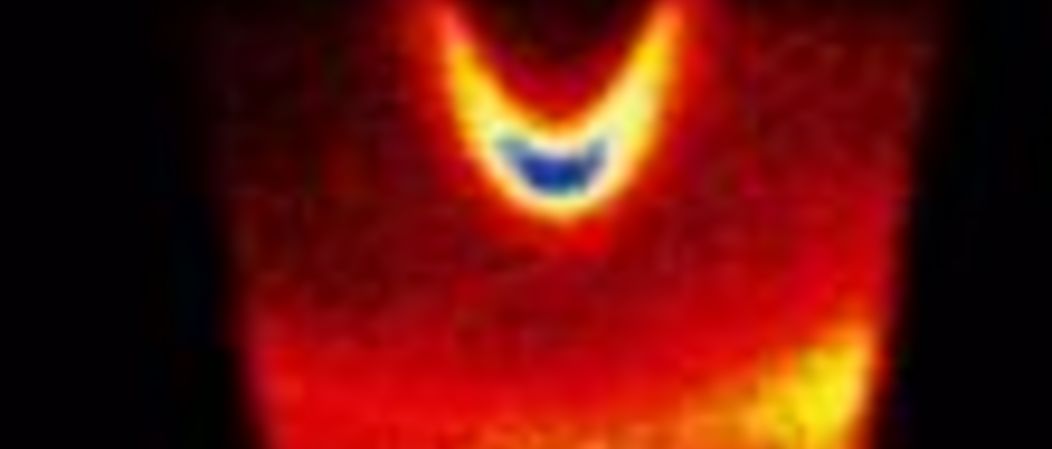Electron Dynamics
The dynamics of electrons in solids determine the reaction of a material on external excitations. One method to characterize this is the Two-photon electron emission (2PPE).
2PPE is a version of photoelectron spectroscopy which allows to investigate unoccupied electronic states located between the Fermi level and the vacuum level of a metal or semi-conductor.
Two-photon photoemission has been used most extensively for the spectroscopy of image-potential states at metal surfaces and for studies of electron dynamics of semiconductor surfaces. Recent applications using femtosecond laser pulses include the ultrafast relaxation of hot carriers in bulk metals and semiconductors, the spin dynamics of magnetic materials, lifetimes of adsorbate-induced or adsorbate-modified electronic states and real-time investigations of electron localization in thin molecular films.
The first (pump) laser pulse with photon energy ha populates the unoccupied state |i>, while the second (probe) laser pulse with photon energy hb and a time delay photoemitts the electrons. With the incorporated pump and probe facility the electron dynamics of the studied processes can be observed at a fs time scale.
The kinetic energy of the photoelectron
Ekin = hb - Ei
provides a straightforward means to determine the binding energy Ei of the unoccupied state with respect to the vacuum level. Typically the energy of these states is between 0.5 – 5 eV above the Fermi level.
| Mode | D | Acceptance Angle | Energy Range |
|---|---|---|---|
| High Angular Dispersion | 3.2 mm/° | +/- 3° | Ep x [1-5] eV |
| Medium Angular Disperison | 2.2 mm/° | +/- 4° | Ep x [1-200] eV |
| Low Angular Disperison | 1.2 mm/° | +/- 7° | Ep x [0.05-30] eV |
| Wide Angle Mode | 0.5 mm/° | +/- 13° | Ep x [0.1-3] eV |
In an angular dispersive mode the emission angle distribution is imaged rather than the site distribution. The standard angular dispersive lens modes of PHOIBOS analyzer series are listed in Table 1 for angular resolved, hence z-resolved-spectroscopy, like bandstructure mapping. Figure 1 shows the application of these lens modes for the analysis of Cu (111). In 1PPE and 2PPE a He-gas discharge lamp and laser have been used, respectively.
